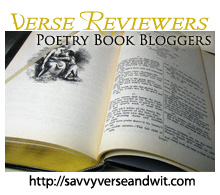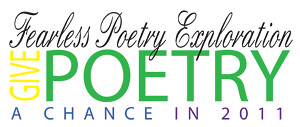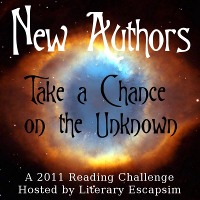
Just be warned that these posts can increase your TBR piles and wish lists.
Here’s what I received this week:
1. Beatrice Munson by Lorena Bathey from the author for review in Sept./Oct.
2. Dance Lessons by Aine Greaney from the author for review.
3. Somewhere Over the Pachyderm Rainbow by Jennifer C. Wolfe from the poet for review.
4. The Sweetness of Tears by Nafisa Haji, which I purchased from Amazon.
5. Everyone Is Beautiful by Katherine Center, which I borrowed from Anna.
6. The Katyn Order by Douglas Jacobson, which I borrowed from Anna and I’m excited to read after the fantastic Night of Flames.
Library Loot:
Library Loot is a weekly event co-hosted by Claire and Marg that encourages bloggers to share the books they’ve checked out from the library. If you’d like to participate, just write up your post-feel free to steal the button-and link it using the Mr. Linky any time during the week. And of course check out what other participants are getting from their libraries!
1. Ordinary Miracles by Erica Jong
What did you receive this week?

 As you probably know, to become an internationally best-selling author, you need to sell three books. This is not an easy task, but once you’ve managed to rack up these three sales, the rest is more or less a done deal.
As you probably know, to become an internationally best-selling author, you need to sell three books. This is not an easy task, but once you’ve managed to rack up these three sales, the rest is more or less a done deal.

 About the Author:
About the Author:
![WG Spock[5]](https://savvyverseandwit.com/wp-content/uploads/2011/06/WG-Spock5-150x150.jpg) I have been MIA where Weekly Geeks is concerned, a meme started by Dewey at The Hidden Side of a Leaf . I used to this every week when Dewey was alive, and her passing left me shell-shocked for a long time. I love the questions and activities this meme often comes up with, though many weeks I’ve run out of time to do them.
I have been MIA where Weekly Geeks is concerned, a meme started by Dewey at The Hidden Side of a Leaf . I used to this every week when Dewey was alive, and her passing left me shell-shocked for a long time. I love the questions and activities this meme often comes up with, though many weeks I’ve run out of time to do them.






